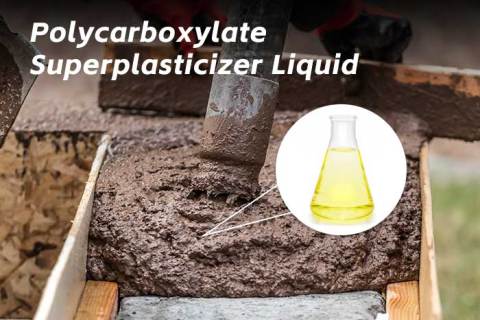
- Home
- >
News
This article will explore how lithium silicate empowers various types of floors and has become the preferred choice in the floor hardener market.
This article delves into the core role of Polycarboxylate Superplasticizer liquid in enhancing the high water reduction, flowability, strength, and durability of concrete. It also analyzes its specific applications in ready-mix concrete, precast elements, and special construction projects, aiming to provide technical support for achieving construction structures with greater strength and superior high-performance qualities.
As a Chinese chemical materials manufacturer, we provide high-quality Lithium Carbonate products as a professional additive for concrete and mortar. In modern construction, there is a growing demand for improved early performance of materials, and lithium carbonate effectively addresses these challenges.
As a Chinese chemical materials manufacturer, we specialize in providing high-quality Lithium Silicate products. In the construction industry, particularly for flooring applications, we understand the critical importance of improving concrete durability and surface performance. This article details the key role of lithium silicate as a concrete hardener and sealer, as well as the value we provide as a professional manufacturer.
In modern construction, concrete slump loss is a common challenge, affecting both construction efficiency and quality. Polycarboxylate Superplasticizer Liquid (PCE Liquid), as a high-performance concrete admixture, is one of the core solutions we offer to address this critical issue.
Concrete is fundamental to construction, but its inherent properties can lead to common issues that impact a project's quality and longevity. These challenges, such as surface dusting, abrasion, and liquid penetration, can significantly increase maintenance efforts and costs over time. This article will explore these prevalent problems and demonstrate the practical value of lithium silicate as a robust solution.
As a third-generation concrete water reducer, Polycarboxylate Superplasticizer (PCE, liquid type) is widely used in infrastructure, high-rise buildings, precast concrete elements, and municipal projects.
Lithium carbonate (Li₂CO₃) accelerates early hardening in cement, enabling rapid construction and durable structures.applications like rapid-setting concrete for construction and lithium-enhanced concrete for infrastructure.
PCE Liquid (Polycarboxylate Ether Liquid) is a high-performance superplasticizer used in premix and cast-in-place concrete. Its unique chemistry enhances concrete performance, making it vital for modern construction. This article explores PCE liquid’s applications, benefits, and usage, incorporating precise long-tail keywords.
This article explores how lithium carbonate is used in construction applications, its benefits, and why it is becoming a preferred additive for advanced infrastructure projects.
Lithium Silicate, a water-based chemical compound, is widely valued in construction for its ability to enhance concrete surfaces. Applied as a densifier and sealer, Lithium Silicate penetrates concrete to improve hardness, durability, and resistance to wear.
Polycarboxylate Superplasticizer Powder, a high-performance chemical admixture, is vital in modern construction for enhancing concrete performance. Used in high-rise buildings, bridges, and precast elements, Polycarboxylate Superplasticizer Powder improves workability, strength, and durability of concrete mixes.












